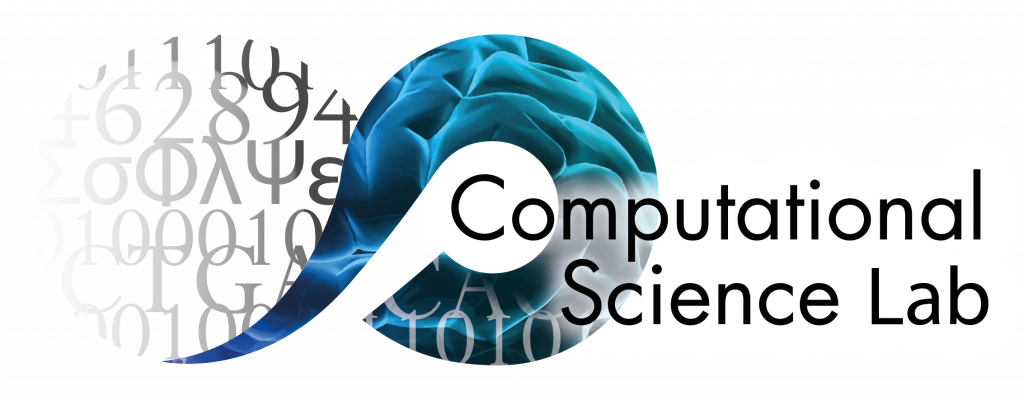New computational methods show that lowering risk behavior is the prominent control mechanism of HIV incidence even in the presence of effective therapy.
The transmission through contacts among MSM (men who have sex with men) is one of the
dominating contributors to HIV prevalence in industrialized countries. In Amsterdam, the capital of the Netherlands, the MSM risk group has been traced for decades. This has motivated studies which provide detailed information about MSM’s risk behavior statistically, psychologically and sociologically. Despite the era of potent antiretroviral therapy, the incidence of HIV among MSM increases. In the long term the contradictory effects of risk behavior and effective therapy are still poorly understood.
Using a previously presented Complex Agent Network model, we describe steady and casual partnerships to predict the HIV spreading among MSM. Behavior-related parameters and values, inferred from studies on Amsterdam MSM, are fed into the model; we validate the model using historical yearly incidence data. Subsequently, we study scenarios to assess the contradictory effects of risk behavior and effective therapy, by varying corresponding values of parameters. Finally, we conduct quantitative analysis based on the resulting incidence data.
The simulated incidence reproduces the ACS historical incidence well and helps to predict the HIV epidemic among MSM in Amsterdam. Our results show that in the long run the positive influence of effective therapy can be outweighed by an increase in risk behavior of at least 30% for MSM. Conclusion: We recommend, based on the model predictions, that lowering risk behavior is the prominent control mechanism of HIV incidence even in the presence of effective therapy.
Read the publication:
A. Shan Mei, R. Quax, D. van de Vijver, Y. Zhu en P.M.A. Sloot: ‘Increasing risk behaviour can outweigh the benefits of antiretroviral drug treatment on the HIV incidence among men-having-sex-with-men in Amsterdam’, in: BMC Infectious Diseases, 11 mei 2011.
http://www.biomedcentral.com/content/pdf/1471-2334-11-118.pdf
